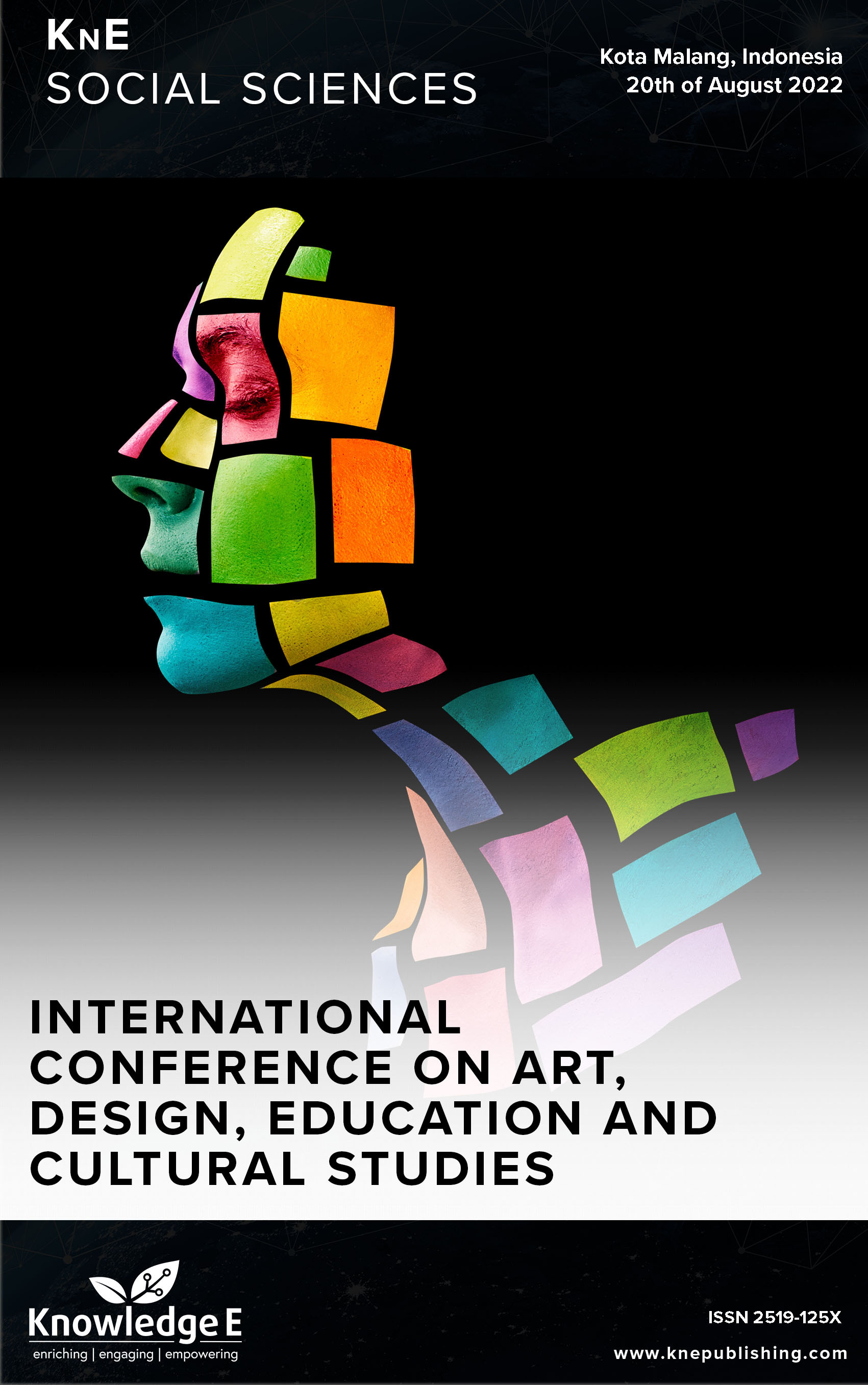Technical Negotiations and Phenomena: Capturing Social Media, and Enchantment in Indonesian Tourism
DOI:
https://doi.org/10.18502/kss.v8i15.13919Abstract
This study aims to measure the influence of Instagram influencers and their relationship in giving the image of a destination to the interest of tourists visiting tourist destinations in Indonesia. Furthermore, it identifies photo-taking techniques in framing phenomena, events, or the ambience of tourist objects. This is related to the role of influencers and social media that dominates the tourism aspect in the era of the Internet of Things. This study uses a quantitative approach accompanied by a descriptive description. The primary data were 29 Instagram influencers who shared their travels, which were obtained by distributing questionnaires from August to September 2021. The data obtained were then processed and analyzed using SPSS26 modelling software. The results showed that 1) most of the influencers chose to upload photos or videos of the location along with the influencer himself (41,365), 2) influencers chose to use long shot camera shot size (46.46%) to be able to show the location of tourist destinations better, 3) in terms of using angle, 2,356 respondents (54.16%) used eye level shots, and 4) 2,255 (51.84%) used to post photos with cold colour schemes when taking pictures. Based on the statistical data, social media influencers affect purchase intention. Therefore, these image indicators of tourist attractions in quality and track record need to be considered by managers to prepare places that cater to influencers as tourism promotion agents.
Keywords: Influencer, social media, phenomena, tourism, Indonesia, photography technique
References
[2] Statistik BP. Jumlah Kunjungan Wisman Ke Indonesia Bulan Desember 2020. Jakarta. 2021.
[3] Evans D. Social media marketing: An hour a day. 2nd ed. Canada: Wiley Publishing; 2018.
[4] Ali DS. Peran Travel Blogger Dalam Mempromosikan Pariwisata Di Indonesia. Tourism Scientific Journal. 2017;2(2):192–212.
[5] Bashar. Impact of social travel networks on travel planning: The case of Tripadvisor. Ljubljana: School of Economics and Business; 2014.
[6] D M & NBE Boyd. Social network sites: Definition, history, and scholarship. Journal of Computer Mediated. 2007;13(1):210.
[7] LJB & KP Rainie. Photos and videos as social currency online. Pew Research Center’s Internet & American Life Project. September 2012.
[8] Silva TH. A picture of Instagram is worth more than a thousand words: Workload characterization and application. IEEE International Conference on Distributed Computing in Sensor Systems. https://doi.org/10.1109/DCOSS.2013.59
[9] HSN and DL Limantara. Analisis Sudut Pandang Kamera, Surabaya: Fakultas Seni dan Desain. Universitas Kristen Petra Surabaya. 2014.
[10] Anon. Social Media Usage Worldwide.[Online]. 2022 [cited 22Sep 2022] Available from: https://www.statista.com/study/12393/social-networks-statista-dossier/.
[11] Sampurno MB. SALAM. Jurnal Sosial Dan Budaya Syar. 2020;7(5):2020.
[12] Kotler PK. Manajemen Pemasaran Jilid 1. 13th ed. Jakarta: Erlangga; 2009.
[13] YC, SCSEHM and BP Yuan. The effect of social media on travel planning process by Chinese tourists: The way forward to tourism futures. Journal of Tourism Futures ahead-of-print. https://doi.org/10.1108/JTF-04-2021-0094

